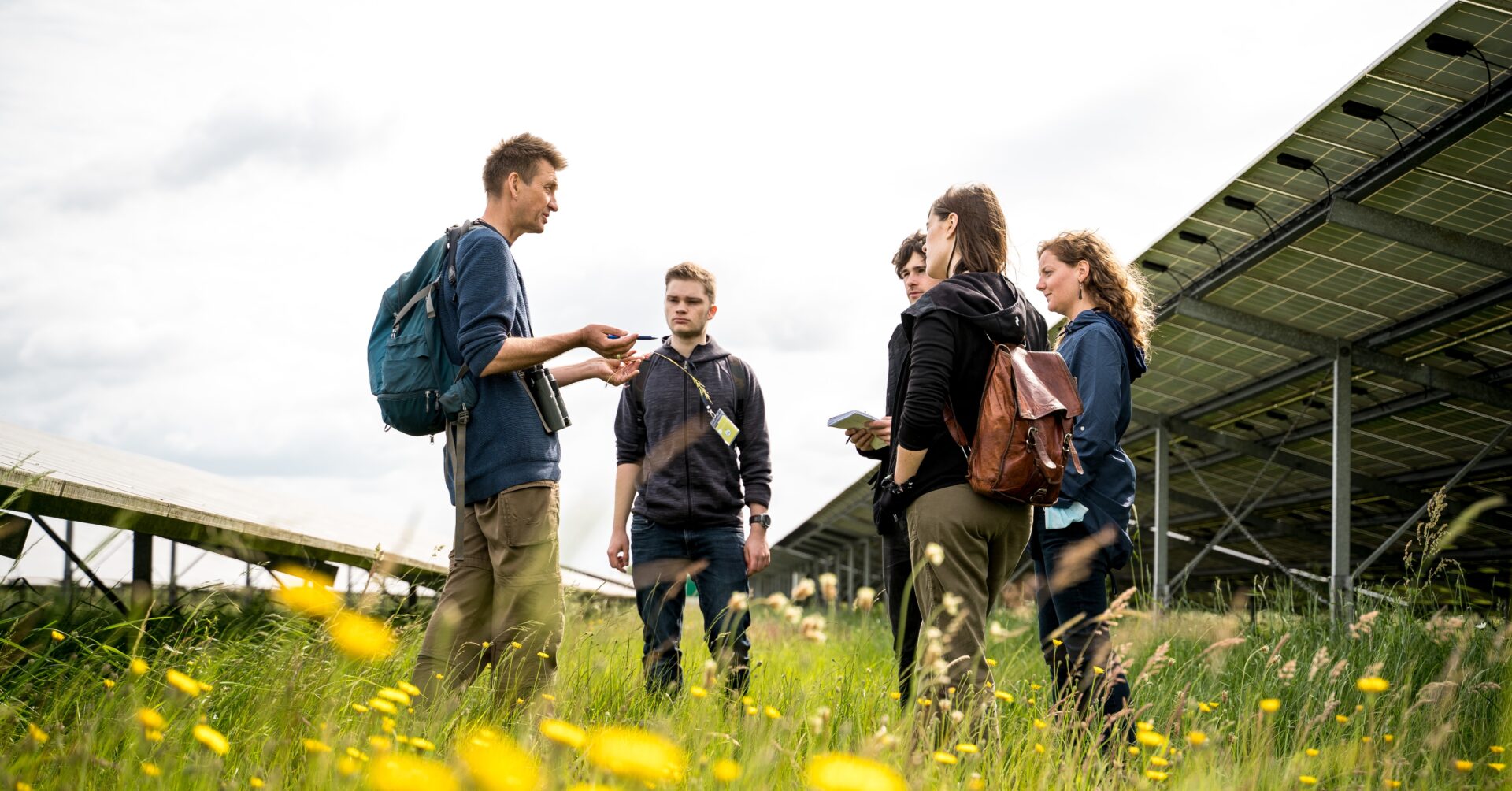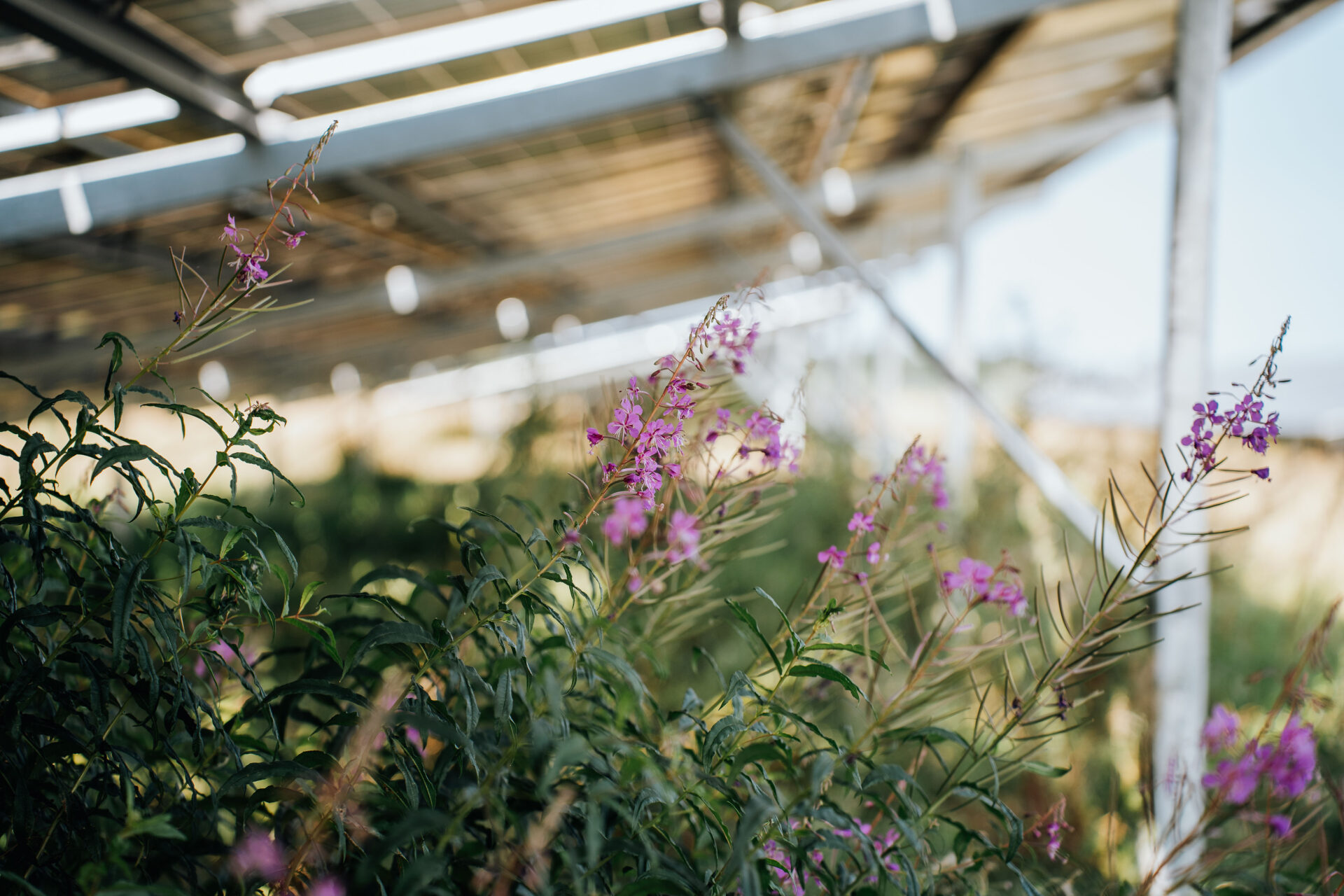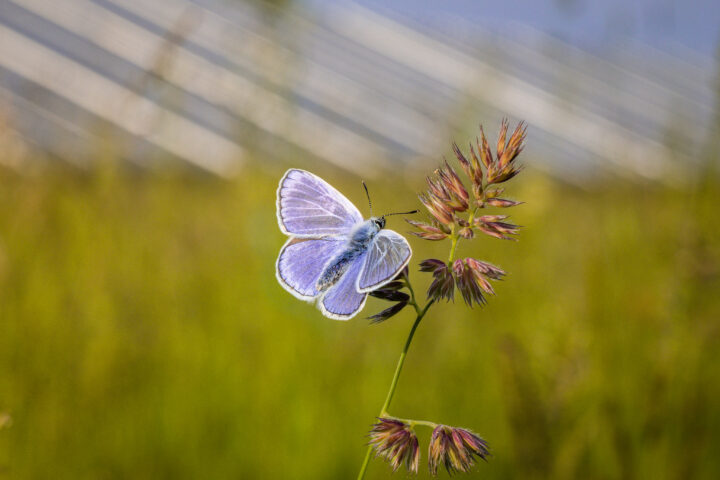The study "Biodiversity in the solar park" contains an impressive 185 pages in the full version - but it is more than just a single document: it is a combination of many individual field studies and a publicly accessible solar park database in the form of solar park profiles. In the following article, we explain how the individual parts of the study are connected.
On 185 pages Main work summarises and evaluates the contents of the study. In addition, the main work contains the chapters "Special species protection", "Fact check" and a chapter on how solar parks can help achieve the goals of the "National Strategy on Biological Diversity 2030" to reach them. If you are short of time, you can start with the Abstract with only 12 pages to read.
The underlying investigation reports and expert opinions were published in Online profiles and can be viewed there transparently. There is a profile for each solar park analysed. Interested parties can also find a lot more information there, such as row spacing, environmental descriptions, soil types, etc.
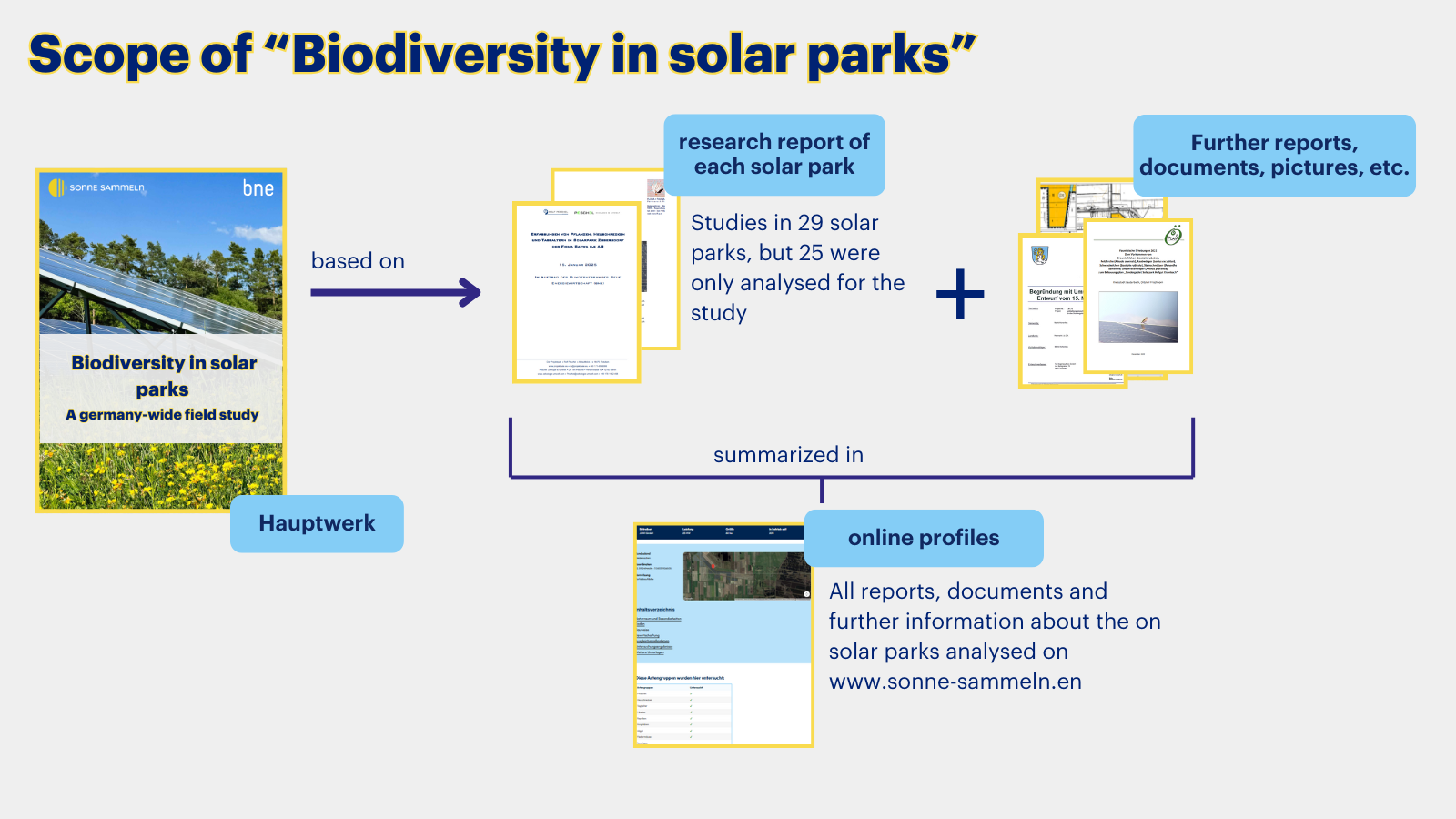
Main work: Chapter overview
In the Occasion The study "Biodiversity in Solar Parks - A Nationwide Field Study" explicitly addresses the current biodiversity crisis, particularly in the agricultural landscape. The aim of the study is to demonstrate the value of solar parks for biodiversity.
In the Methodology-This section explains how the solar parks were selected, analysed and investigated. Standardised methods were defined for each species group and the procedure described in each case.
The Results of the study are presented according to the individual species groups. The analyses were carried out using species and JACCARD tables. For each species group (plants, prehistoric crustaceans, dragonflies, grasshoppers, butterflies, amphibians, reptiles, birds, bats and other species), the species found were presented according to their endangerment according to the Red List and placed in relation to all known species. The focus was on insects, birds and bats. The results section begins with an explicit discussion of the "solar park habitat" and the valuable areas for nature that are represented in the solar parks analysed.
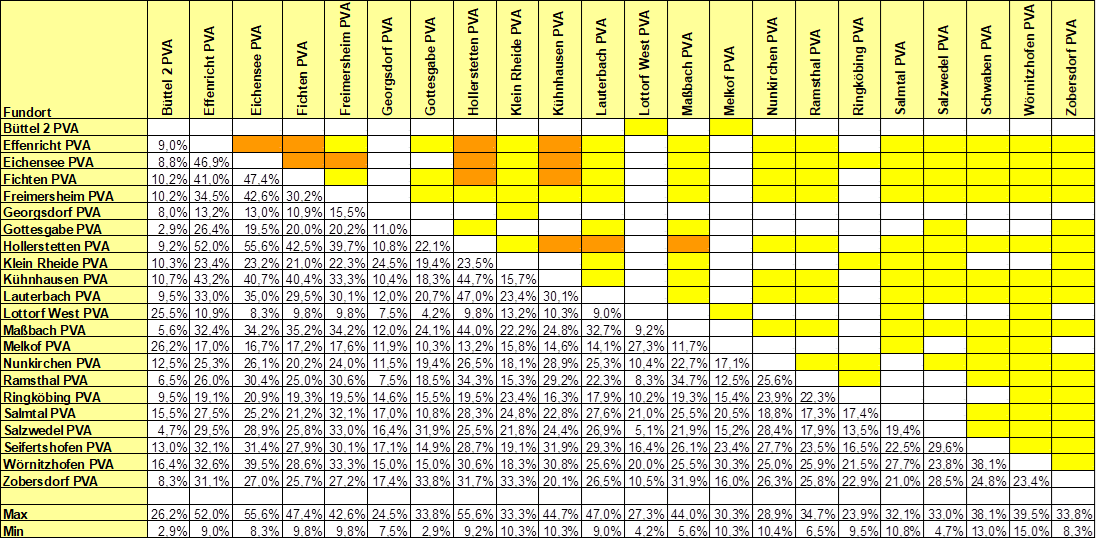
The chapter "Ground-mounted PV systems (PVA) as an element of the National Strategy on Biological Diversity (NBS 2030)" is to use the results of the study to show the extent to which solar parks can help to achieve the goals of this government initiative for more species protection. Ground-mounted PV systems can make a significant contribution to achieving some of these goals.
In the Summary the results are summarised. Subsequently, the section "Recommendations", the programme looks at how a site can be made biodiverse, which species should be promoted and how existing structures should be used. Maintenance in particular plays a central role here.
The chapter "Special species protection" refers to the necessity and scope of certain species protection measures that must be taken as part of the construction of a solar park. These particularly affect the species groups amphibians, birds and bats, which are discussed in detail in this section.
This is followed by the Fact check on widespread misconceptions about solar parks. For example, it is claimed that solar modules can be mistaken for water ("lake effect"), that insects can burn on them or that bats avoid solar parks. These assumptions are clearly refuted on the basis of current findings.
After all, the Appendix The report contains a series of evaluation tables and a map of all the analysed plants.
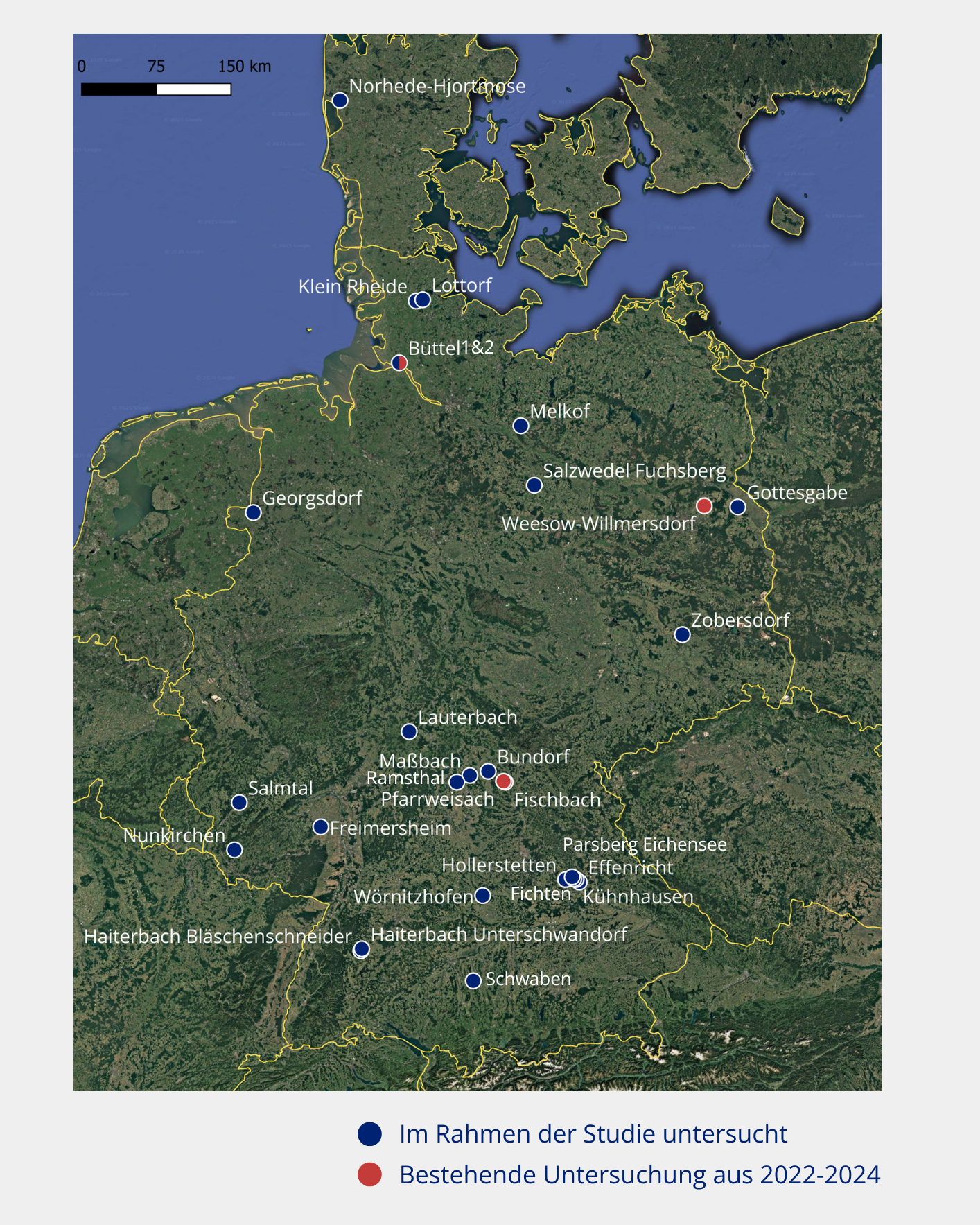
Investigation reports and expert opinions
The Investigation reports are the foundation on which the study is based. Between April and October 2024, eight expert offices analysed 24 solar parks in Germany, including a tracker PV system in Denmark. Investigations by the offices and the biologists leading the study, Rolf Peschel and Dr Tim Peschel, often ran in parallel. As a result As a rule, two test reports per system was created.
In addition, existing investigations or Expert opinionthat were built between 2022 and 2024 were included in the analyses. This included analyses of solar parks that were also analysed as part of the study and those where this was not the case. One example would be the Weesow-Willmersdorf solar park.
These documents are regularly referred to in the study. Both the investigation reports and the expert opinions are all available on SonneSammeln in the respective fact sheets of the individual solar parks online.
The profiles
A separate profile was created for each of the solar parks analysed or evaluated, so that 30 profiles in total available. The data collected and made available as part of the study should be accessible to all interested parties.visible and usable be. Among other things, they offer the Basis for further research projects in the area of biodiversity and solar parks.
In addition to the Investigation reports and expert opinions or monitoring reports are shown in the fact sheets Further documents from the authorisation, such as Development plans, environmental reports or biotope mapping, are included. The scope of the additional documents depends on the operators who have provided them for publication.
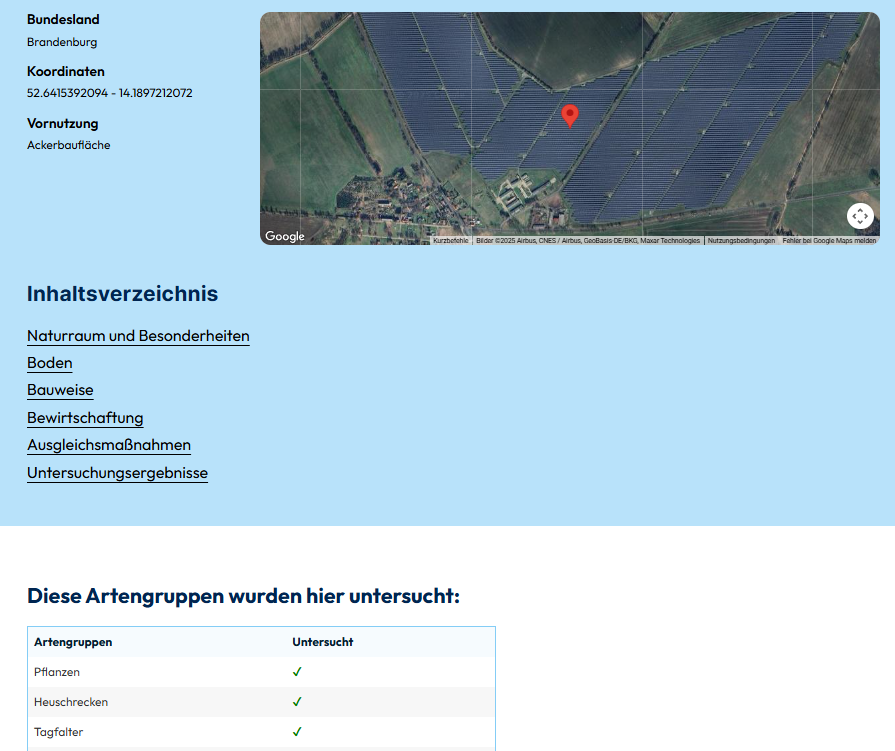
There are also a number of other Parameters and key figures in the individual profiles. Here is an overview of the information contained:
- Operator
- Performance
- Size
- Date of commissioning
- Federal state
- Coordinates
- Information on previous utilisation
- Presentation of the analysed species groups
- Description of the natural environment, surroundings, relief, biotope and soil
- Information on the construction method (incl. GRZ according to the development plan, row spacing and sunny strip)
- Information on management
- Presentation of the equalisation measures.
The study is therefore not just a single document, but a combination of a large number of individual field studies and a publicly accessible solar park database in the form of the profiles.
All Profiles can also be used as PDF can be downloaded.
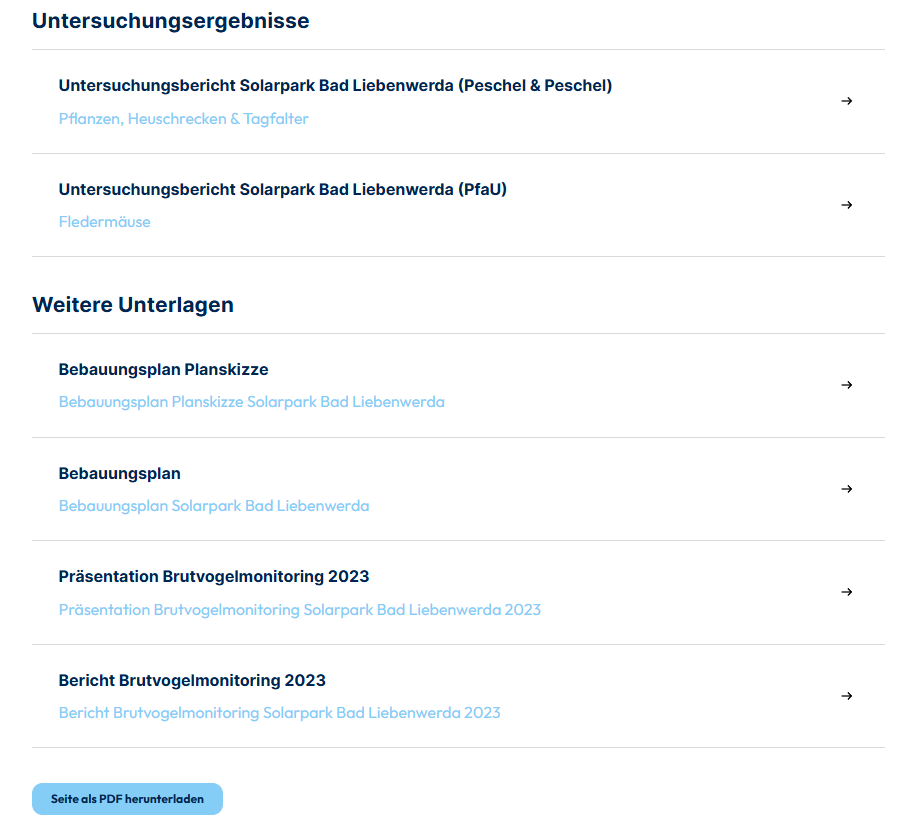
Whether you are a project developer, public authority, nature conservation organisation or researcher - all interested parties should be able to use this Concept be made possible, maximise the benefits of our study!



